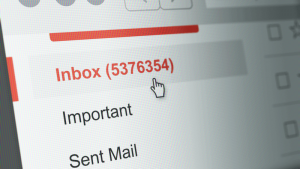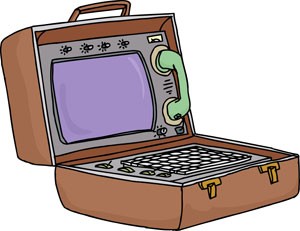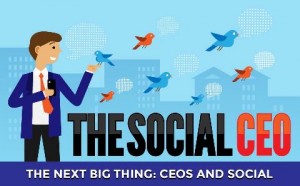— August 11, 2017

Have you ever really stopped to think about who you are–or should be–connected to on LinkedIn and why? The power of your LinkedIn network is not just about how many connections you have. The power is more about who is in your network–both individually and collectively.
How your LinkedIn network affects social media efforts
There are three key benefits your network can provide you: access, visibility, and credibility.
Access
As you may have noticed, LinkedIn does not allow everyone to find and potentially communicate with all 400+ million members, which is probably a good thing. Instead, it provides access based on your current connections and their connections. (Access is also affected by the type of LinkedIn account you have; basically, the higher the subscription fee, the broader the access, but it all starts with your direct connections.)
In one form or another you can see and reach out to your direct connections, your direct connections’ direct connections, and their direct connections. Your access to LinkedIn members grows rapidly, as does your visibility to those members.
Visibility is exposure
Just as more connections means access to more members, it also means more people will potentially see you and your LinkedIn activity. Each time you post a status update or group discussion, or you like, share, or comment on someone else’s update, article, or discussion, your activity potentially shows up in the news feed of your entire network—all of your 1st, 2nd, and 3rd degree connections.
The three degrees of connections also works in reverse. Anyone that you can see can also see you. This means you will show up in more searches of people who are trying to find someone with your experience and skill set.
Adding 1st degree connections rapidly expands your overall network and the number of people who can see you and your activity. Your network grows exponentially.
Credibility
“You are known by the company you keep” has been said, in one way or another, by so many people–including your parents–that the exact origin doesn’t show up on a Google search. Regardless of where it started, its meaning survives on LinkedIn, where your buzzword alert or “personal brand” can be highly influenced by who you are connected to.
Although you can choose to keep your connections invisible to others, doing so will rob you of a chance to associate yourself with the right people.
Open, closed, or strategic
In the first days of LinkedIn, networks were a way to connect online with people you already knew personally, and knew fairly well. Every now and then I run across someone who still considers it important that he or she can pick up the phone and reach any and all of their connections. Today, from a sales, marketing, or business development perspective, I fail to see the value of a closed network strategy. Just like a real-world networking event, LinkedIn is a place to meet new people.
One the other end of the network spectrum are open connectors–known on LinkedIn as LIONs–who will connect with anyone who finds their profile and clicks on the Connect button. The thinking behind this networking philosophy is “you never know who may know someone you want to know.” That may be true, but simply being connected to someone who is connected to someone you’d like to meet isn’t going to land that person in your lap. You have to keep your connections warm or they’ll forget about you, and how do you do that with 7000 connections most of whom are completely irrelevant to you?
Somewhere in the middle of a closed network and an open one is what we call a strategic network, one that encompasses a growing range of relevant connections. Depending on your LinkedIn objectives, your strategic network might be comprised of prospects, customers, influencers, analysts, media, investors, and others who can help or be helped by you.
Being connected to market influencers and known 3rd party experts will make me feel that you are one of them. Being connected to other people like me will make me comfortable that you have good taste. Being connected to every Tom, Dick, and Mary who sends you a connection request will confuse me.
How many connections should you have?
This is one of those questions that gets answered with the ever popular “it depends.” The size of your market, the number of accounts you handle, what you’re trying to accomplish all affect the number of people you may want in your network.
At the end of 2014, the average LinkedIn member has 930 connections. (source: LinkedIn) By March of 2016, 55% of users had more than 500 connections. But there are definite differences among industries, functions, and seniority levels.
Regardless of whether you chose to keep your network fairly tight or you get a kick out of big numbers, the important thing is that you give it some thought and approach it strategically.
Digital & Social Articles on Business 2 Community
(86)
Report Post







